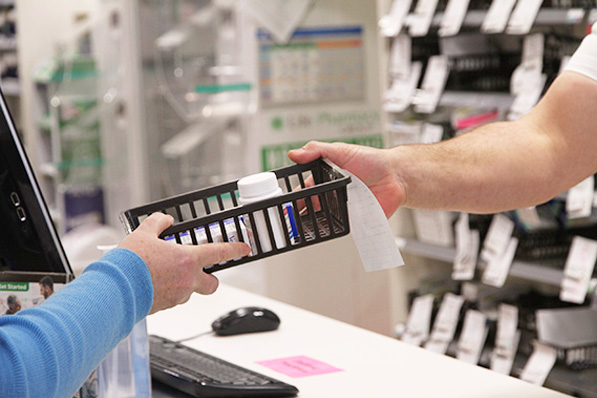By Suzanne Greenwood, Executive Director

The pace of technological change in pharmacies is staggering, and the willingness and ability of community pharmacies to adapt to the changes is crucial to their future.
Already this year community pharmacies are dealing with the different iterations of electronic prescriptions and the introduction of Active Ingredient Prescribing while still managing image-based prescribing. The rollout of COVID-19 vaccinations will add a whole new technological regimen around the mandated uploading to the Australian Immunisation Register (AIR) and the associated technical requirements such as PRODA, training, booking and changes to dispense systems - and pharmacies need to be ready for this and other developments.
All of these changes are being introduced at a time when pharmacies are already under extreme pressure from adapting their businesses to operating last year during the bushfires, then the pandemic and continuing to meet the medication and health service needs of their patients.
The pandemic has also quickened the pace of technological innovation in pharmacies and there is little doubt this year will see more of the same as the Government and the sector adapt to the constantly evolving COVID-19 environment.
For community pharmacies, the change has come as no surprise, albeit with a sudden surge that many did not expect.
The fact that community pharmacies were ready for change can be traced to the Guild’s definitive Community Pharmacy 2025 project which developed a vision to enable community pharmacies to have a viable, longer-term future as an integral part of the Australian healthcare system serving the needs of increasingly empowered health consumers.
The project sought the input, ideas and feedback from pharmacy owners, their staff, pharmacy students and over 2,000 patients, as well as over 150 industry stakeholders, about how they see the future of community pharmacy. The project considered the key political, economic, health, technology, regulatory, professional practice, workforce, business and consumer trends impacting community pharmacies.
One broad pathway to emerge was the need to integrate digital health into the community pharmacy practice and embrace digital technologies as a whole-of-business enabler.
Some priorities in this area were identified as integrating digital health records into a pharmacy’s clinical practice, and utilising digital platforms to improve medication advice, management and safety.
A focus also needs to be put on enabling pharmacy with basic digital functions such as search engines, maps, a social media presence, supporting digital marketing activities including developing online retailing channels for front-of-shop products.
Adapting to these changes means embracing the technologies and recognising and utilising their role as a fundamental enabler - such as engaging with patients to improve medicine adherence, remote monitoring, digitally enabled screening and point of care testing.
Integrating digital health into pharmacy practice enhances patient safety, enables more personalised care, creates clinical efficiencies, and drives collaboration.
The technologies also are helping to integrate the core medicines expertise of community pharmacy with the wider health system.
Increasing knowledge sharing, data analytics, tele-health and virtual health are enhancing this collaboration.
We already are seeing the benefits of electronic prescriptions with over 98 per cent of pharmacies having dispensed a token ePrescription to-date and these will become even more apparent when the Active Script List system is fully implemented in the coming months.
I have only touched on the tip of the technological iceberg in pharmacies, but these examples highlight just how sweeping the changes are – and how necessary it is for pharmacies to be part of them.
The changes are helping pharmacies remain at the forefront of the health sector in Australia, but the reality is that if pharmacies lag in introducing them, someone else will grasp those opportunities.
The pace of technological change is also accepted by patients and while some, like ePrescriptions and Active Ingredient Prescribing, may take patients a while to get used to, once they are aware of them, they will expect to be able to access them through all pharmacies.
Pharmacies are already flat out and going to great extra lengths to help their patients. I know some may feel new technologies are not a priority at a time like this. But Australians are terrific early adopters of new technologies and systems and so patients will expect their local pharmacy, as always, to be ahead of the innovation curve.


